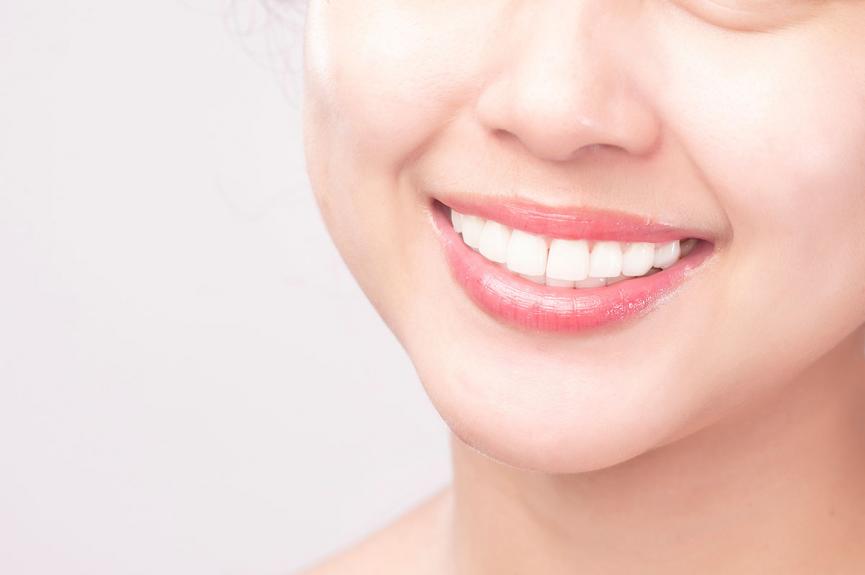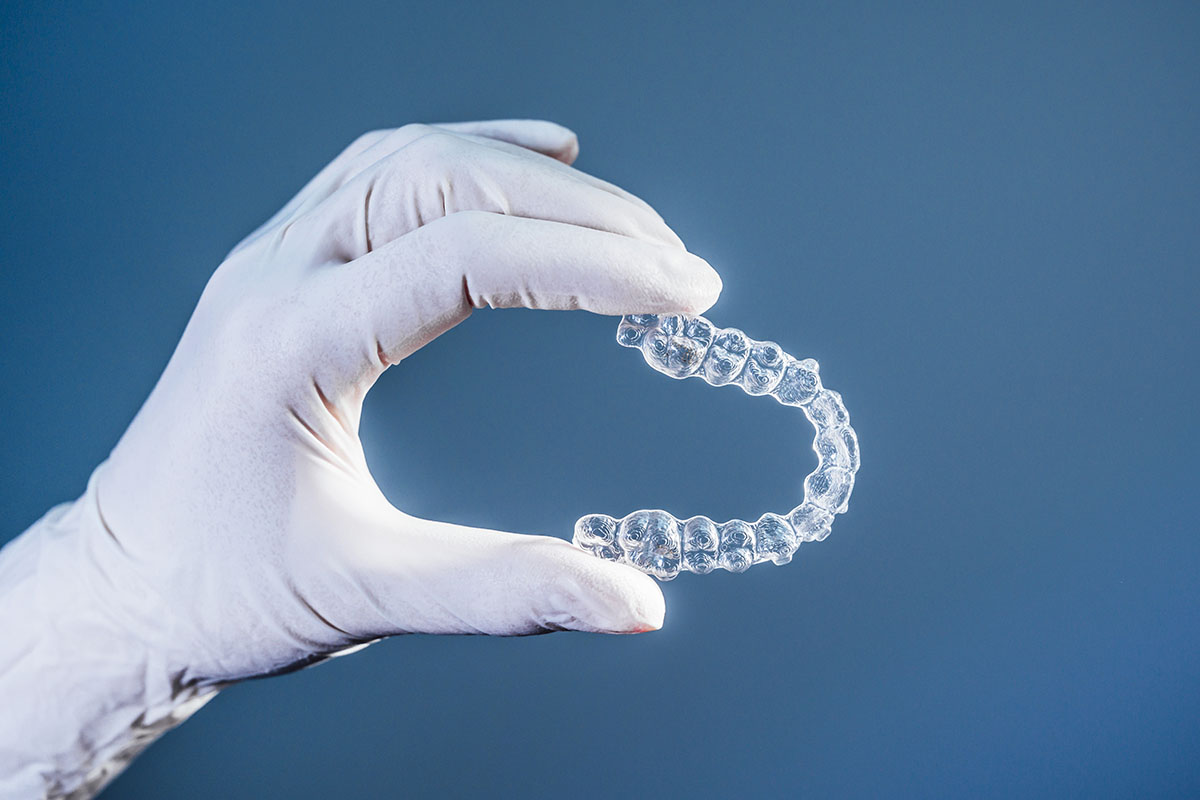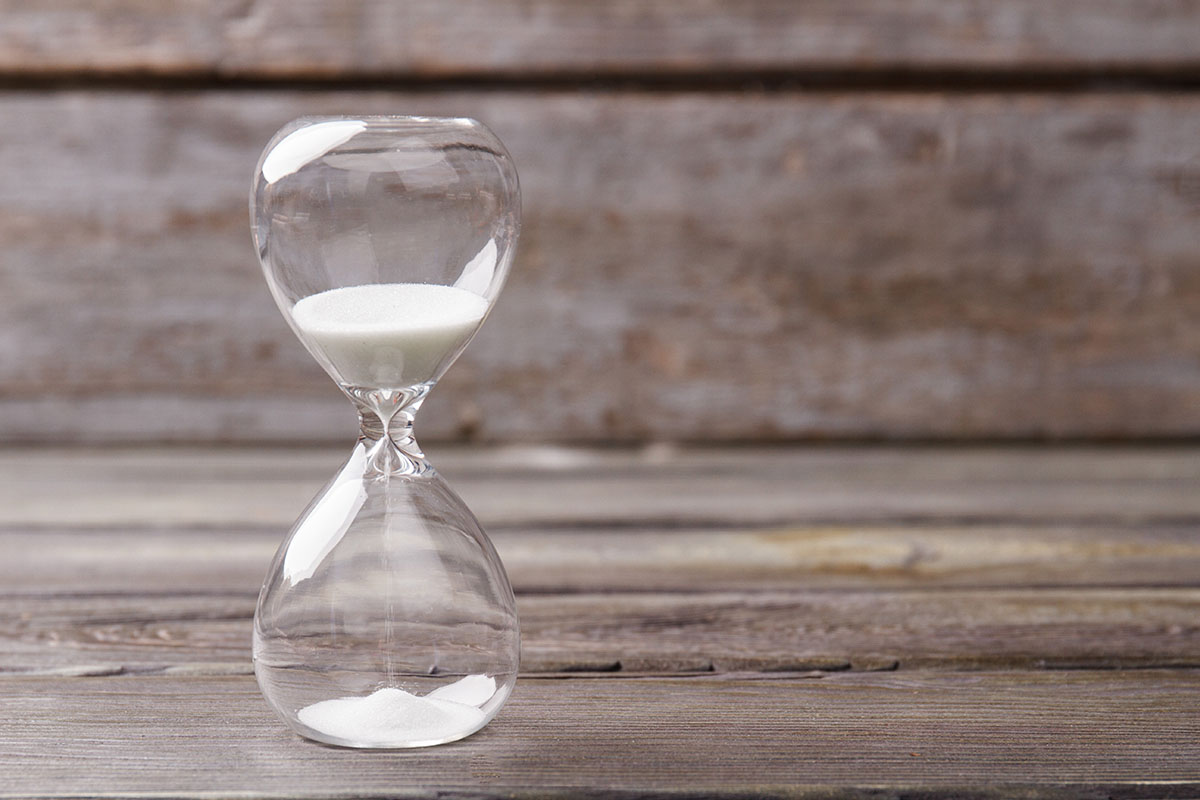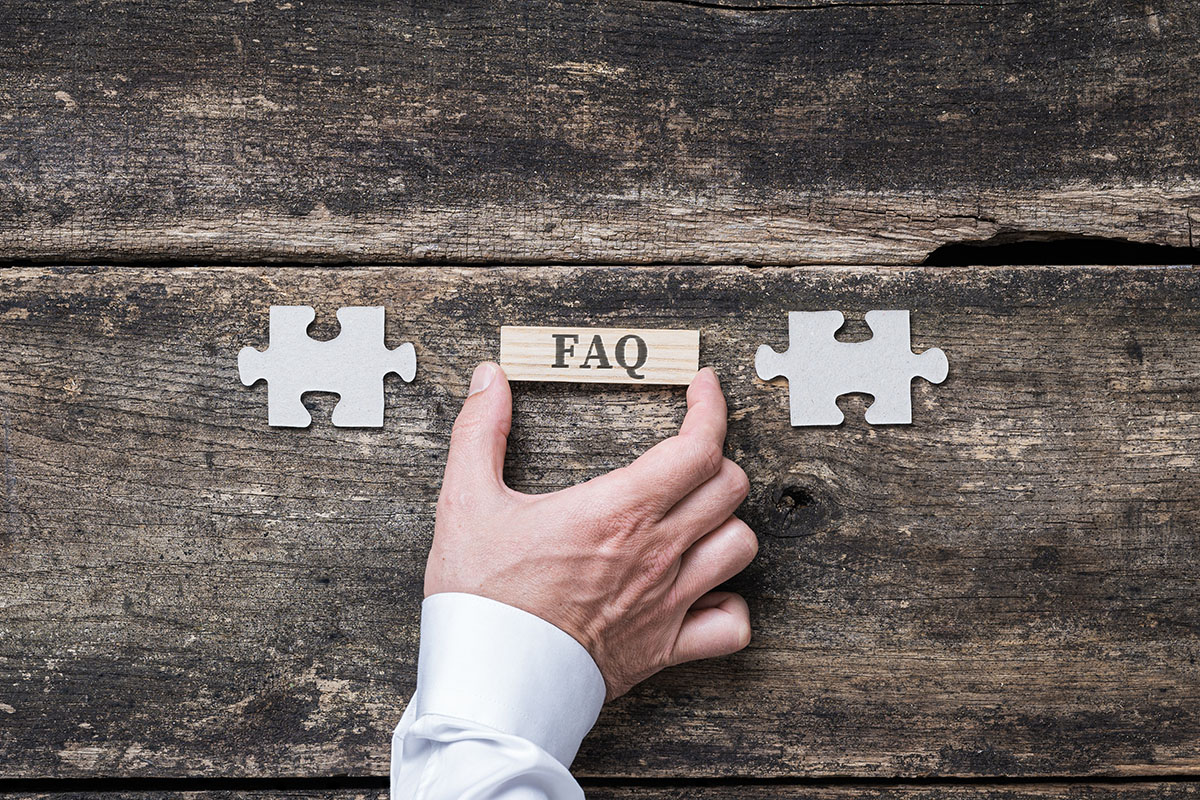
In recent posts, we talked about various aspects of Invisalign, but there is one issue we still haven't addressed: do they work for severe crookedness? It’s been more than two decades since Invisalign aligners emerged on the orthodontic treatment scene, and yet there are still some misconceptions about their ability to treat very crooked teeth.
The truth is, you can never be 100% certain it will work unless you have a thorough exam with a certified dentist. With that said, though, the efficiency of Invisalign might surprise you. In some instances, it can work just as well as traditional braces for severe misalignments and we are about to show you when it’s worth having this teeth-straightening treatment. Read on.
What Dental Problems Can Invisalign Fix - Does it Work for Extreme Cases?
In many cases, Invisalign aligners treat certain malocclusions just like metal braces. The procedure is great for individuals looking to straighten their teeth, especially if they have the following problems:
- Small gaps between the teeth
- Crowded teeth
- When the top and bottom teeth don’t meet (open bite)
- When the lower teeth protrude farther than the upper teeth (underbite)
- When the upper teeth jut out beyond the bottom teeth (overbite)
- Crooked teeth, misaligned teeth (both lower teeth and upper teeth)
A lot of adults are reluctant to wear conventional braces because they feel embarrassed by the metal brackets that are such an eyesore.
With their discreet way of correcting misaligned teeth, Invisalign aligners are virtually invisible. Hence, they can give you a straighter smile without you being self-conscious about your teeth looking weird throughout the treatment process. They will not ruin any special occasions like a wedding, job interview, etc.

What Can't Invisalign Orthodontic Treatment Fix?
It’s common for people to think that their teeth are too crooked for Invisalign aligners to fix. But sometimes metal braces, although they are the most successful teeth straightening option to date, are difficult to attach to rotated or overlapping teeth. That being said, these new aligners have their limitations as well when it comes to correcting malocclusions.
There are three major bite problems for which Invisalign doesn’t seem to be the right treatment and they are as follows:
Extrusions and intrusions
Sometimes patients with crooked teeth need to have some of their teeth moved up or down in the mouth but clear aligners can’t lower or raise the position of the teeth in the jawline. Studies have shown only 29.6% accuracy 1 of orthodontic treatment in this aspect. Intrusions and extrusions are more likely to be corrected with traditional braces.
Large gaps between the teeth (when midline discrepancy extends beyond 2mm)
A midline discrepancy refers to a tooth misalignment where the front teeth (the two incisors) don’t line up with the centre of the upper lip and nose. The straightening powers of Invisalign braces don't treat this kind of issue.
Rotated teeth
Overcrowded teeth can easily rotate in their sockets when there is not enough space in the mouth and the rest of the structures put a lot of pressure. If you choose to wear Invisalign, it will work for rotations of less than 20 degrees only but will fail if that number goes up.
Additional factors that can complicate the treatment for patients or make it impossible to implement is previous orthodontic work like dental bridges or crowns. If the person is currently dealing with some unresolved oral health issues like cavities, tooth decay, and gum disease, Invisalign should not be applied to crooked teeth until those dental conditions are fixed.
And finally, if your teeth are too short, the appliances will not be able to fit over them. A proper fit is essential here. If they don’t grip well, they won’t apply the necessary amount of pressure on the teeth and will be practically useless on an overbite, underbite, open bite, you name it.
What Does Science Say on Invisalign Treatment for Severely Crooked Teeth?
But don’t take our word for it. Check out medical evidence on the subject below. Before we dig into it, we need to clarify the following terms:
- Tooth inclination in the mouth. All teeth crowns have an average inclination. This is an angle between the occlusal plane and the clinical crown axis.
- Occlusal contacts in the mouth. In dental lingo, occlusion refers to the contact between the lower front teeth and the upper front teeth when they meet.
With that out of the way, let’s hear what scientific literature has to say about Invisalign treatment for misaligned teeth. A review of the efficacy of Invisalign 2 that alludes to almost 20 different studies on the subject draws the following conclusions:
- Invisalign is not able to fix occlusal contacts and teeth inclinations with the same accuracy that other treatments offer, if at all
- Invisalign has great straightening capacities when it comes to de-rotating and leveling the teeth, with the exception of premolars and canines that don’t respond to the treatment to the same extent as the other teeth
- Invisalign does treat mild malocclusions and in fact may offer faster treatment times for patients than fixed appliances
- However, as far as complex cases go, the Invisalign aligner and retainer takes longer to fix and straighten the teeth than traditional braces, so for those willing to straighten their teeth with Invisalign, patience and compliance are key
- For best results, additional treatments may help make Invisalign more effective; a retainer is also needed long term to sustain those results
The review suggests that all evidence and conclusions be interpreted with care since the studies that it refers to are quite diverse and dissimilar.
How Long Do You Have to Wear Invisalign for Crooked Teeth?

It depends. The average time in which aligners take to straighten crooked teeth amounts to 12 months. Yet, the timeframe can be shorter (6 months) or longer than that (24 months+) according to one’s unique situation. Milder misalignments and crowded teeth are resolved much more quickly.
However, for overly crooked teeth, Invisalign is going to need more time to work its magic than metal braces. And in some cases, it may be unable to achieve the desired results.
The first results are usually materialized within three months of wearing the customized aligners but the full outcome can be seen at the end of the treatment plan, after which a retainer should be worn.
In which cases do people need longer treatment to fix their crooked smile? First and foremost, if you have gaps in your teeth because your teeth grew in too far apart or because you are dealing with some tooth loss, you should not expect that Invisalign aligners will do the trick in less than a year.
Another problem that will increase your aligner treatment time significantly is severe crookedness. Your dentist may also pair Invisalign with some other treatments to get full straightening effects.
You should also help the process by maintaining good oral hygiene, so you should continue to brush your teeth and gums like you normally do. (It's also important that you brush your aligners and retainer on a regular basis to prevent bacteria from causing damage.)
FAQ

How bad can your teeth be to get Invisalign clear aligners?
It is estimated that Invisalign can be efficient in closing a total of 6 mm of space per arch and jaw (rather than per tooth). So, if the space between your teeth is too dramatic, you will not benefit from Invisalign aligners and should consider other orthodontic treatments for a straighter smile.
Does Invisalign work for crowded teeth?
Yes, Invisalign aligners can straighten crowded teeth and in some cases they can work on overlapped teeth. They apply gentle pressure on the teeth without being visible like metal wires, leading to a beautiful smile.
Can Invisalign fix severe crowding?
Invisalign treatment might be able to help with severe crowding in the same way as traditional braces but it depends on the case. An evaluation is needed by a trained dentist or orthodontist before any treatment is proposed and implemented.
Does dental insurance cover Invisalign?
A lot of dental insurance companies include Invisalign treatment in their plans. They may pay for a certain dollar amount or cover part of the treatment process expressed in the form of a percentage. Oftentimes, the providers put a lifetime cap on the amount of cash they can reimburse for orthodontic treatment. Hence, patients should have a word with their dentist before doing the aligners.







